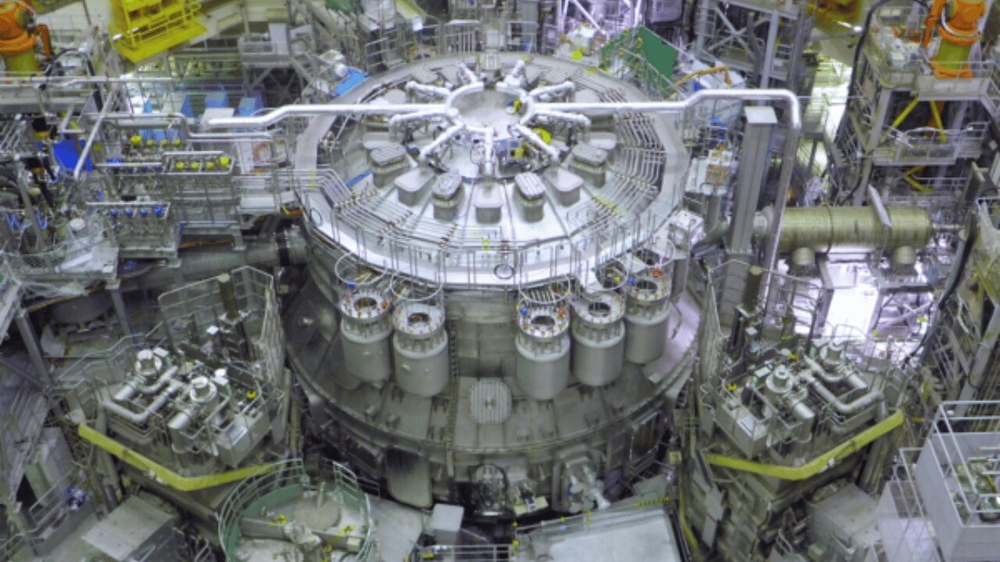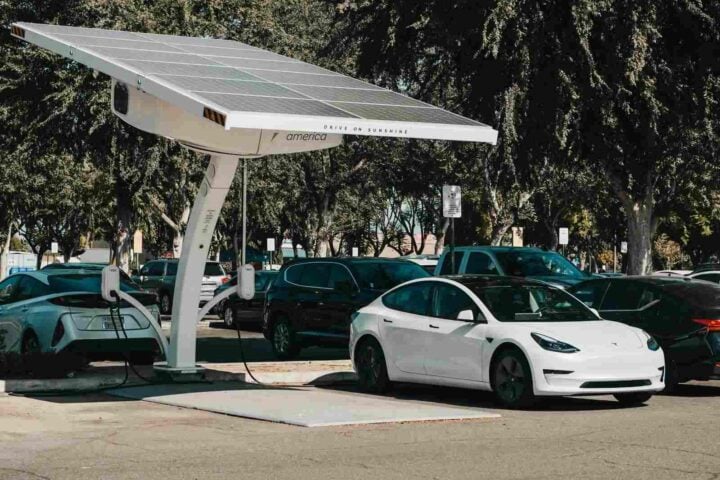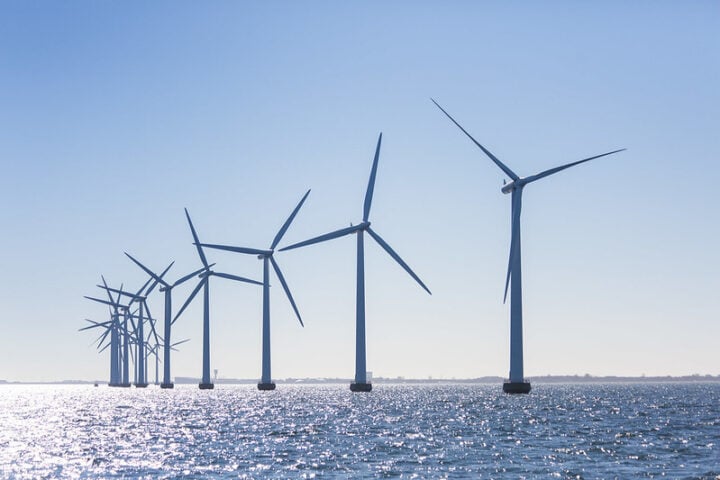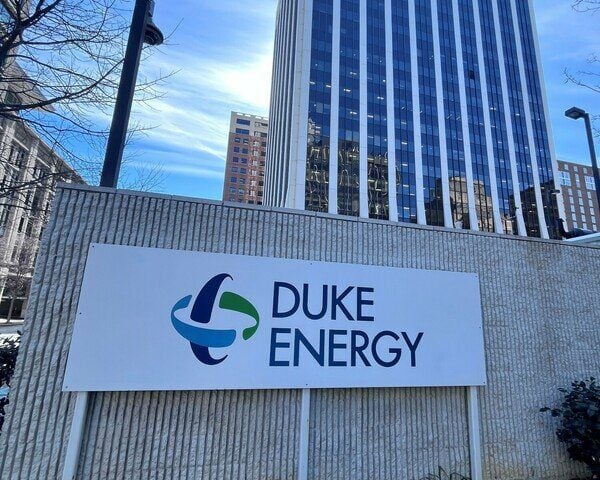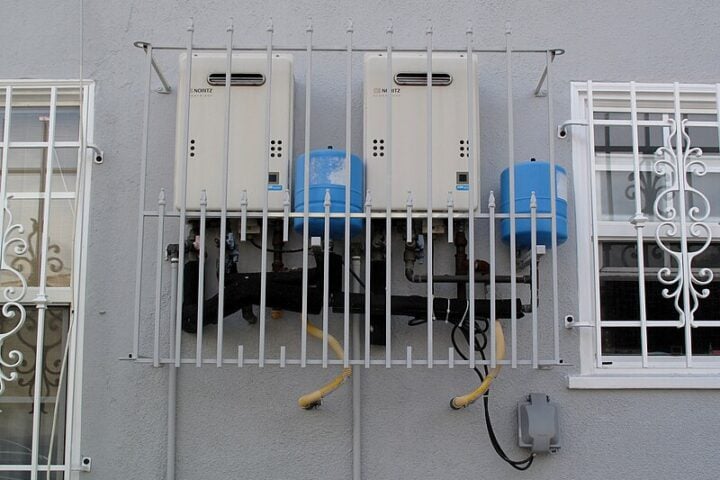The recent inauguration of the JT-60SA fusion reactor in Japan, a collaborative effort between the European Union and Japan, marks a pivotal moment in fusion energy development. This tokamak-type reactor, now the world’s most advanced and largest of its kind, is situated in Ibaraki Prefecture, Japan, and was officially started in December 2023.
The JT-60SA, an upgrade from its predecessor, the JT-60, incorporates state-of-the-art superconducting coils and other cutting-edge technology. This reactor’s journey to completion has been a challenging one. Initiated in 2013, its progress faced setbacks due to a 2011 earthquake and a short circuit in 2021, but it ultimately achieved its first plasma in October 2023. This milestone is not just a technical achievement but a testament to the resilience and commitment of the teams involved.
The operational commencement of JT-60SA was marked by a ceremony attended by key figures including the EU’s Energy Commissioner Kadri Simson and Japan’s MEXT Minister Masahito Moriyama. Both dignitaries reiterated the significance of this project in the broader scope of sustainable energy development and international cooperation in fusion research. This event underscored the importance of JT-60SA in contributing to ITER, the next big step in fusion research currently being constructed in France.
Similar Posts
Unlike typical fusion reactors that use a deuterium-tritium mix, JT-60SA initially uses hydrogen and later deuterium. This choice minimizes radioactivity and enhances flexibility for possible reconfigurations. While capable of reaching break-even conditions (where the energy output equals the input), JT-60SA’s primary aim is to gather critical data for ITER’s operation and aid in optimizing future fusion power plants, including the DEMO project.
JT-60SA’s operational status surpasses the Joint European Torus (JET) as the world’s largest functioning tokamak. JET, operational since 1983, is winding down its experiments in preparation for decommissioning in 2024. This transition highlights the evolving landscape of fusion research and the continuous quest for innovation and progress in this field.
The JT-60SA project is part of the broader Broader Approach agreement between the EU and Japan, which encompasses three fusion-related projects. This agreement, dating back to 2007 with a second phase launched in 2020, aims to complement and accelerate the development of fusion power and contribute to the ITER project.
